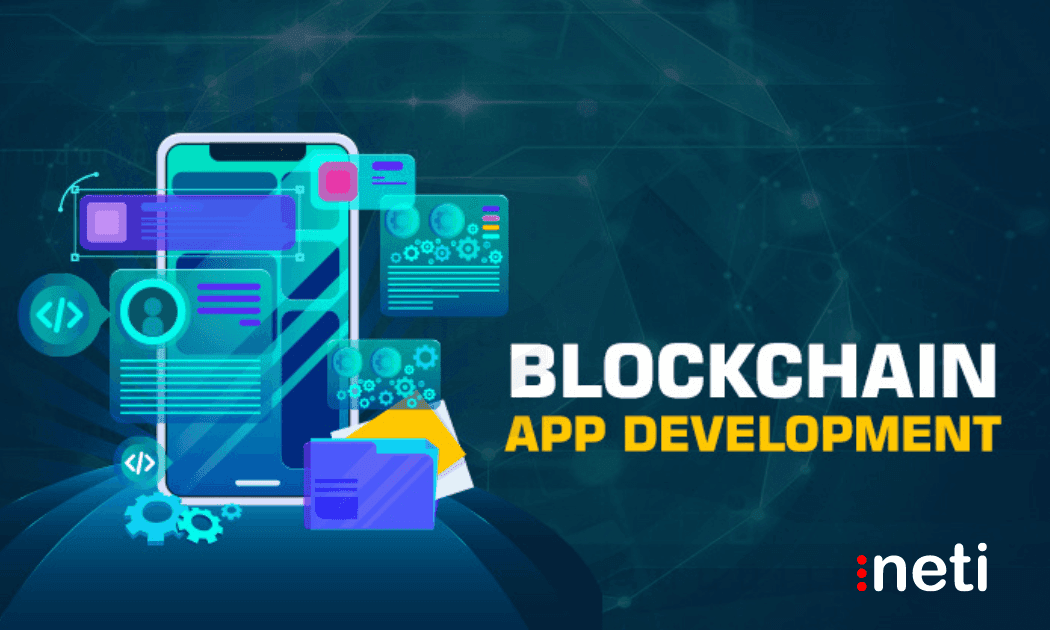Unlocking the Chain: Introduction to Blockchain App Development – No Miners' Helmets Required!

Dive into the blockchain without getting your feet wet! This comprehensive guide demystifies blockchain app development, offering insights for novices and experts alike. Grab your virtual hard hat and join us as we explore the future of decentralized technology,
Introduction
In the last few years, the term "blockchain" has become more than just a buzzword. It represents a paradigm shift in “how we think about data, trust, and transactions”. This article aims to introduce business professionals to the world of blockchain app development and its profound implications for industries across the board.
What is Blockchain?
At its core, a blockchain is a decentralized ledger of all transactions across a network. This technology was first conceptualized in 2008 and became the backbone of Bitcoin, the first cryptocurrency. Over the years, its applications have expanded far beyond cryptocurrencies.
Nowadays, cryptocurrency is still the most connected word with blockchain, but under the hood, enterprises and businesses already adopting this new technology, which brings a completely new paradigm.
Why Businesses Should Care About Blockchain
Trust and Transparency
In the landscape of blockchain app development for businesses, "Trust and Transparency" emerge as foundational pillars. The decentralized ledger of blockchain ensures every transaction is visible to all stakeholders, offering an unmatched level of transparency. This open visibility allows businesses and customers to trace and verify transactions without the need for intermediaries.
Furthermore, the immutable characteristic of blockchain guarantees that once data is recorded, it remains unalterable. This feature not only safeguards data integrity but also instills a profound trust in the system. For businesses, this blend of trustworthiness and clarity can redefine stakeholder relationships and operational efficiency.
Cost Savings
In the context of blockchain app development, "Cost Savings" is a significant advantage that businesses can leverage. The decentralized nature of blockchain eliminates the need for intermediaries, such as banks or brokers, in various transactions. This reduction in middlemen streamlines processes, leading to faster transactions and significantly reduced costs.
Moreover, the inherent automation capabilities, especially with smart contracts, can further minimize manual interventions and associated overheads. For businesses, this translates to more efficient operations, reduced fees, and the potential for greater profitability in the long run.
Security
Blockchain's cryptographic foundation ensures that every transaction and data point is encrypted, making unauthorized access or alterations exceedingly challenging. This robust security mechanism protects against potential fraud and cyber-attacks.
Furthermore, the decentralized structure of blockchain means there isn't a single point of failure. As a result, it becomes inherently resistant to common hacking strategies. For businesses, this level of security not only safeguards assets and data but also bolsters trust among stakeholders and customers.
Potential for New Business Models
Blockchain's unique capabilities, such as tokenization and smart contracts, pave the way for novel approaches to value exchange, ownership, and collaboration. These mechanisms can redefine traditional business structures. They will also bring the possibility of building completely new business models.
Additionally, the decentralized ethos of blockchain empowers users and disrupts centralized models, leading to more democratic and equitable systems. For businesses, this means an opportunity to explore untapped markets, create new revenue streams, and redefine stakeholder relationships in a more inclusive ecosystem.
Key Components of a Blockchain Application
Nodes: These are the participants in a blockchain network, ensuring all transactions are valid.
Ledger: A chronological record of all transactions that have taken place.
Consensus Mechanism: This is how transactions are verified, ensuring that all nodes agree on the validity of a transaction.
Smart Contracts: These are self-executing contracts where the terms are directly written into lines of code.
Introduction to dApps (Decentralized Applications)
dApps, or decentralized applications, represent a new paradigm in software architecture. Unlike traditional applications that run on centralized servers, dApps operate on a blockchain or a peer-to-peer (P2P) network of computers. This decentralized nature ensures that they are not controlled by any single entity or organization.
They operate autonomously, with decisions being made based on consensus mechanisms (link) rather than a central authority. Furthermore, all data associated with dApps is stored on a blockchain, ensuring transparency, immutability, and enhanced security. This combination of features positions dApps as a transformative force in the digital world, offering a more open, resilient, and user-centric alternative to conventional applications.
How Blockchain Apps (dApps) Differ from Non-Blockchain Apps
There are several aspects that make blockchain applications different than classic, centralized applications:
Decentralization: Unlike traditional apps, dApps don't rely on a central authority or intermediary.
Transparency: Every transaction on a dApp is visible to participants, ensuring full transparency.
Immutability: Once data is added to a blockchain, it's nearly impossible to alter, ensuring data integrity.
Token Economics: dApps often use tokens to incentivize users or facilitate operations within the app.
Interoperability: dApps can share data and trigger actions across different blockchains, allowing for more integrated systems.
All the above make a blockchain the perfect place for all innovators and companies who want to lead the future of business in their industry.
Potential Business Use Cases for Blockchain Apps
Blockchain at the moment is usually known for cryptocurrencies, but businesses already use it in many industries. The most prominent of them is:
Supply Chain Management: With blockchain, businesses can ensure product authenticity and trace every product back to its origin.
Financial Services: Blockchain can streamline payments, and remittances, and significantly reduce fraud.
Real Estate: Property transactions can be simplified, reducing the need for extensive paperwork and intermediaries.
Healthcare: Patient data can be securely and transparently managed, ensuring privacy and accuracy.
If you would like to know in detail how they utilize blockchain technology - I invite you to our article about Blockchain Technology in Business Operations.
Challenges in Blockchain App Development
With all its unique perks, blockchain technology also has its own challenges that have to be mentioned.
Scalability Issues: As the number of transactions increases, so does the need for more computational power.
Integration with Existing Systems: Integrating blockchain with current systems can be complex.
Regulatory and Compliance Concerns: The legal landscape for blockchain is still evolving, posing challenges for businesses.
Skill Shortage: There's a growing demand for specialized blockchain developers, leading to a skill gap in the industry. Fortunately, with this aspect Neti can help 🙂
On the market, there is a growing number of solutions that allow you to deal with these problems, but with every new technology, also blockchain has it’s own challenges, that still need to be addressed.
Conclusion
Blockchain app development is not just a trend; it's a revolution that's reshaping the business landscape. As industries continue to recognize its potential, the demand for blockchain solutions will only grow. It's an exciting time for businesses to explore and invest in this transformative technology.
